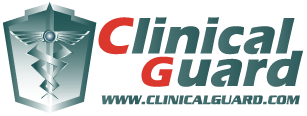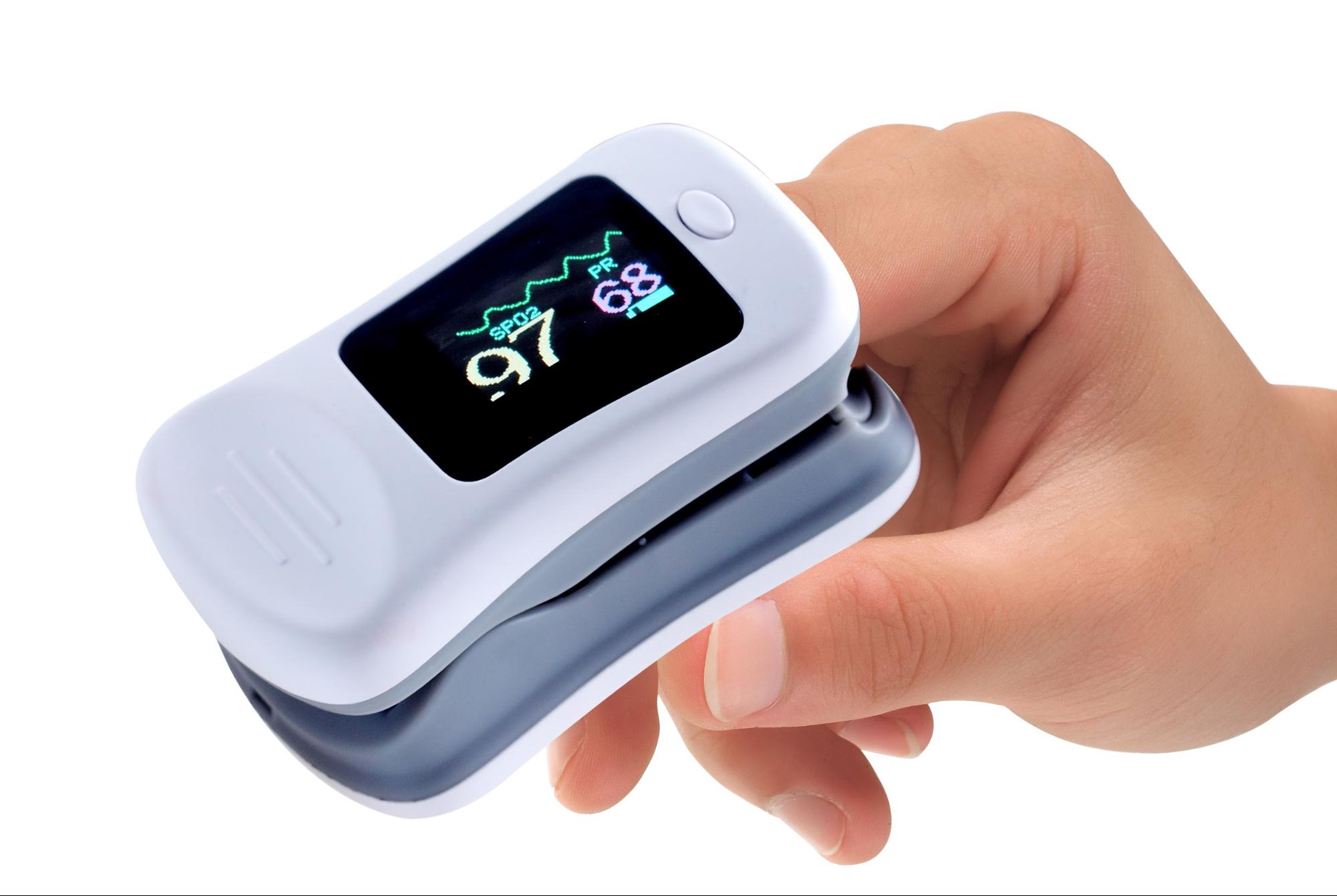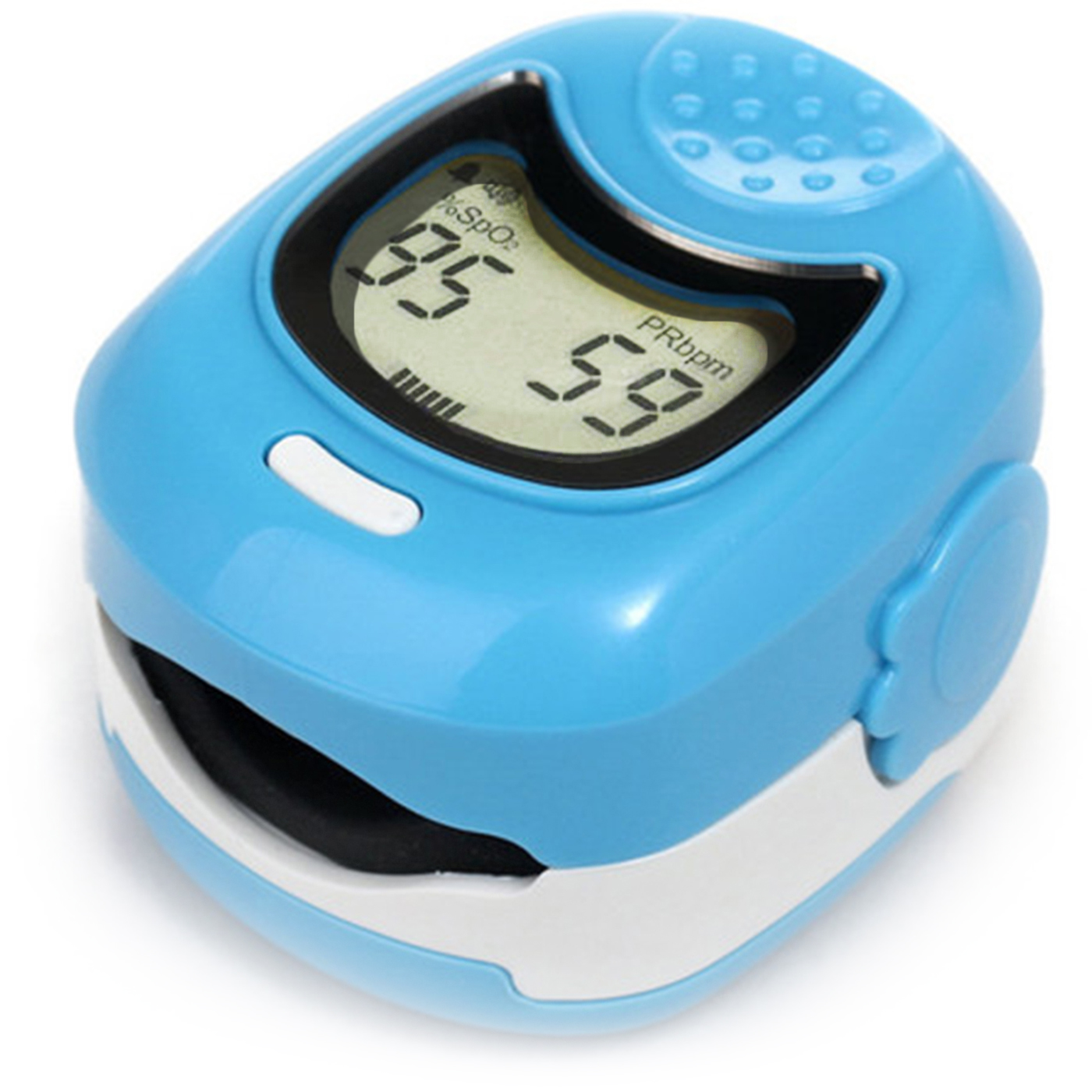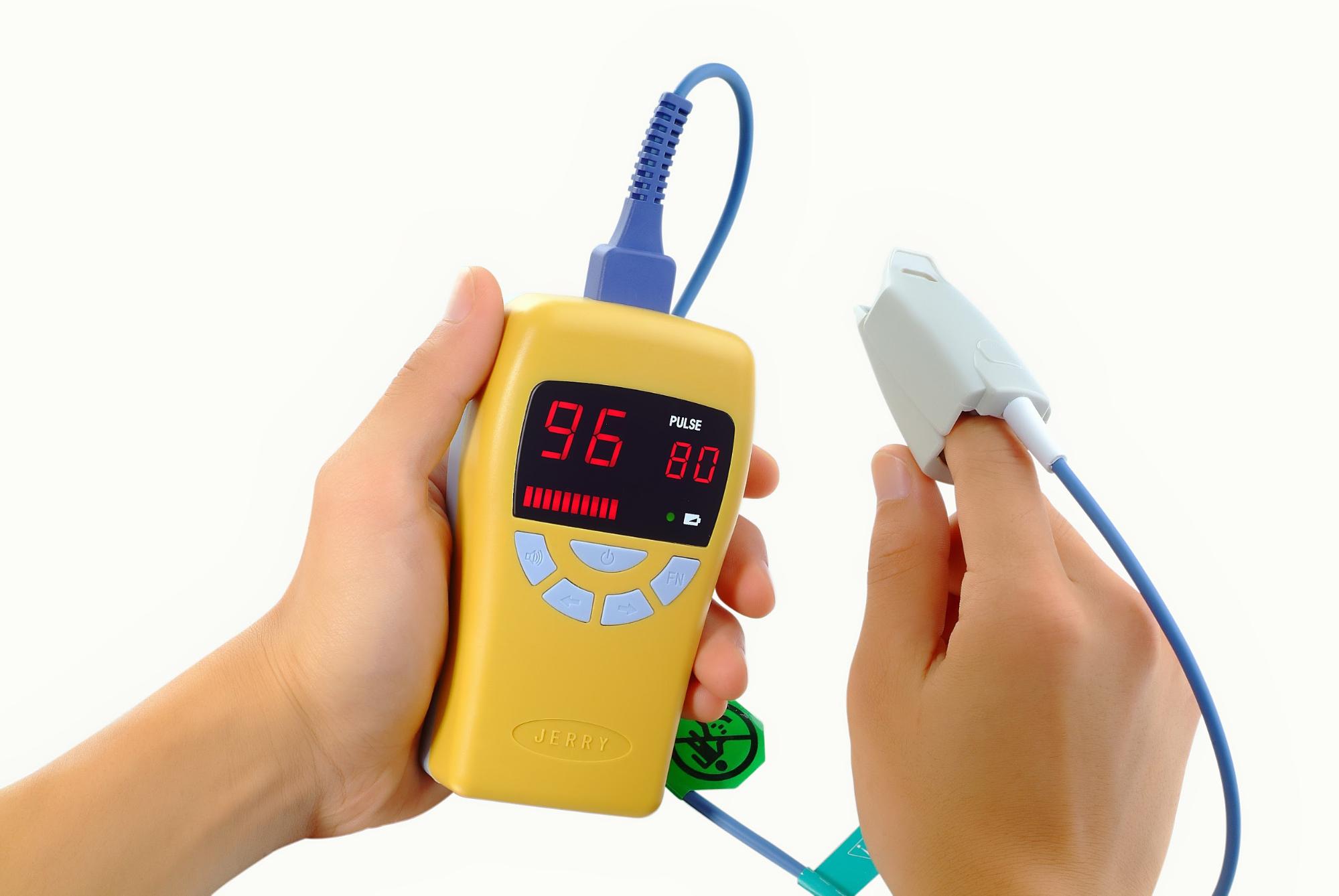The Pulse Oximeter: Measuring your PR BPM & Spo2
Finger Pulse Oximeter Parameters - OctiveTech 300-series
1. Overview
This document contains an overview of suggested operating parameters for the OctiveTech series of Finger Pulse Oximeters. This document is intended to be a guide only, and should not be used as a substitute for clinical diagnosis performed by a licensed practitioner.
2. Extended Specifications
| Spo2 Measurements | Pulse Rate |
| Range: 0% - 100% Resolution: 1% |
30-254 BPM Resolution: ±1bpm |
| Accuracy: 80% - 99%, ±2% | Accuracy: ±2bpm or ±2% |
| Accuracy: 70% - 79%, ±3% | Accuracy: 0% - 69%, unspecified |
3. Measurement Interpretation
This section contains a guideline on various levels of blood oxygen and heart rate that are within tolerable ranges.
3.1 Oxygen Saturation
| Measurement | Critical | Notes |
| Spo2 > 95% | N | Normal healthy individual |
| Spo2 91% - 95% | N | Clinically acceptable, but low. Patient may be a smoker, or be unhealthy. |
| Spo2 70% - 90% | Y | Hypoxemia. Unhealthy and unsafe level. |
| Spo2 < 70% | Y | Extreme lack of oxygen, ischemic diseases may occur. The OctiveTech 300-series of Oximeters is not calibrated to detect readings lower than 70%. |
3.2 Resting Pulse Rate
| Measurement | Critical | Notes |
| PR <40 BPM | Y | Below healthy resting heart rates. OctiveTech 300-series does not detect pulse rates lower than 30BMP. |
| PR 40-60 BPM | Y/N | Resting heart rate for sleeping. |
| PR 60-100 BPM | N | Healthy adult resting heartrate. |
| PR 100 BPM – 220 BPM | Y | Acceptable if measured during exercise. Not acceptable if resting heartrate. |
| PR > 220 BPM | Y | Abnormally high heart rate. The OctiveTech 300-series does not detect heart rates > 254 BPM. |
What are the different types of pulse oximeters?
There are 3 mains types of pulse oximeters—fingertip pulse oximeters, pediatric pulse oximeters, and handheld pulse oximeters.
Fingertip pulse oximeters
Most commonly used in patient’s homes, fingertip pulse oximeters work by measuring the blood oxygen saturation levels using the finger. Although not as common, they can also be implemented using the earlobe. Fingertip pulse oximeters are generally transportable, making them extremely convenient when measuring blood oxygen saturation levels.
Pediatric pulse oximeters
Also known as a fetal pulse oximeter, pediatric pulse oximeters are designed to fit the smaller fingers of young children and infants. Often times it can be challenging to get a young child or baby to comply with normal pulse oximetry protocol. As a result, pediatric pulse oximeters have a probe that can attach to the head, allowing for an easier measurement of blood saturation levels.
Handheld pulse oximeters
Primarily used by medical institutes and hospitals, handheld pulse oximeters are more complex and tend to give more accurate readings than fingertip pulse oximeters and pediatric pulse oximeters. Handheld pulse oximeters are used to measure the blood saturation levels of all age groups, ranging from neonates to adults, by attaching the probe to the finger—and in most cases, the index finger.
Disclaimer:
The information on this website aims to provide customers with relevant knowledge regarding our products. Under no circumstances should the information be used for therapeutic purposes. Customers must consult their doctors for the correct use of these information and products. ClinicalGuard.com is not responsible for any losses or accidents caused by the use of information on this website.




